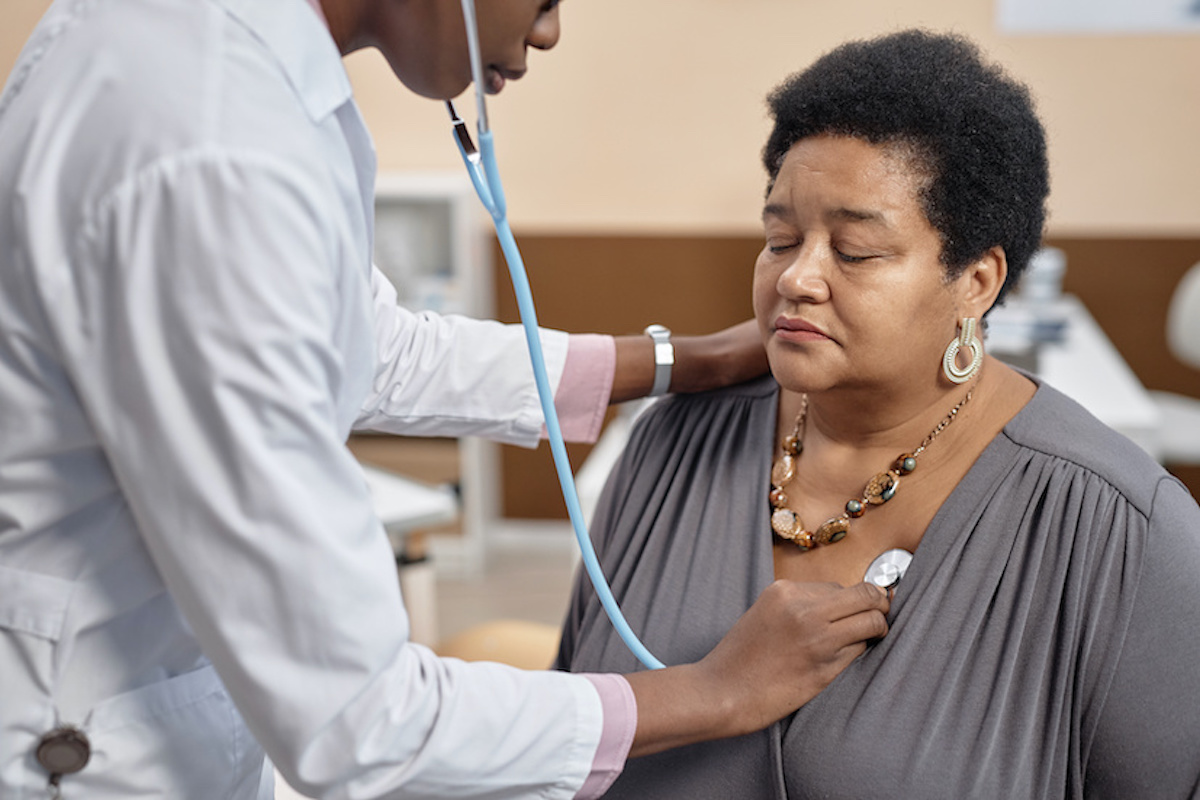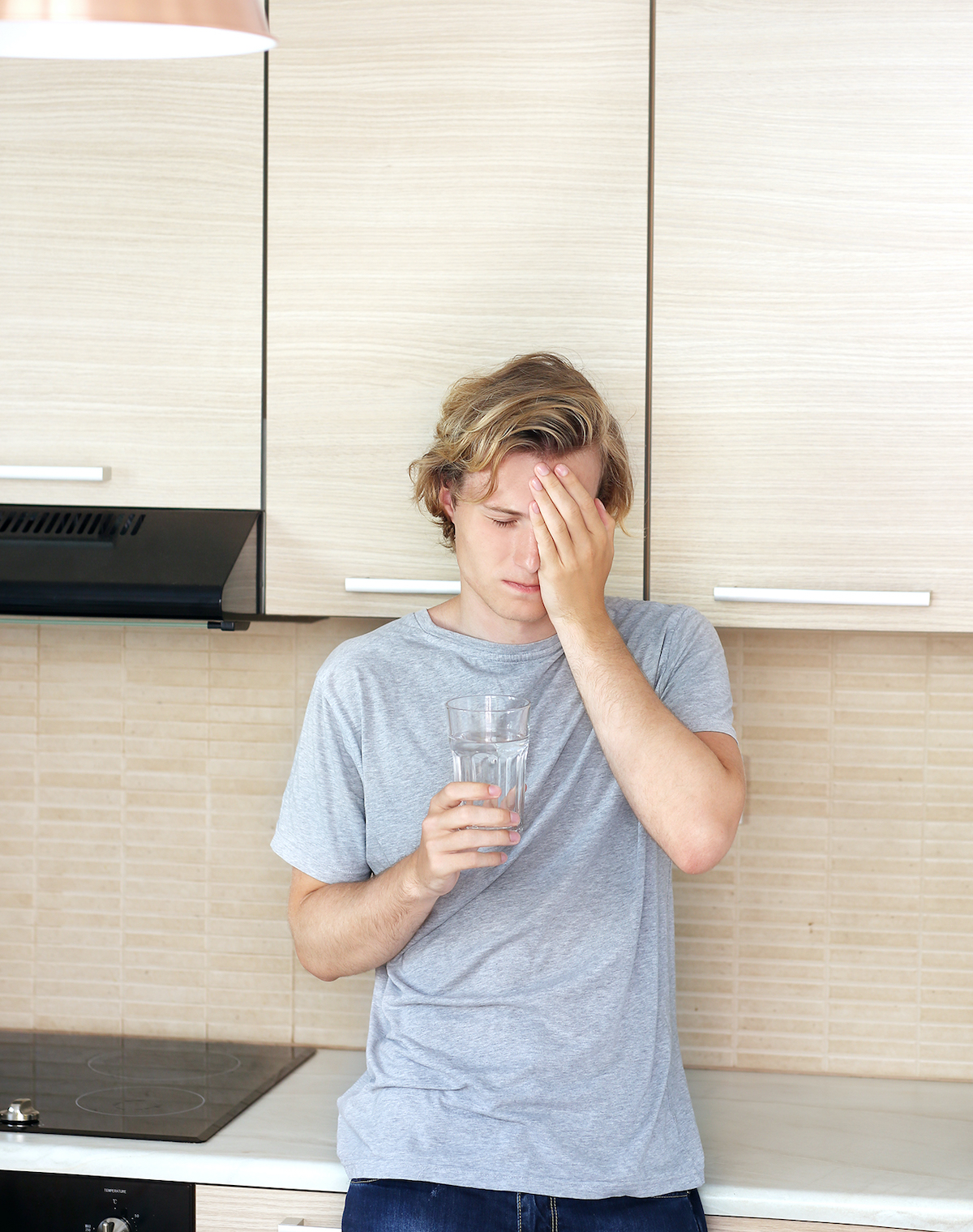Lower back pain is a common health issue resulting in limited activity and difficulty carrying out everyday activities. A person experiencing severe or sudden back pain should see a healthcare professional.
Fortunately, many home remedies exist to help relieve bothersome back pain. Home remedies can help with lower back pain. Heat pads can help with pain, alongside nonsteroidal anti-inflammatory drugs (NSAIDs). A person can also use ice packs for fresh injuries and heat packs for aches.
A person can make a few lifestyle changes to reduce back pain, such as switching shoes and changing their workstation. Eating a healthy diet and getting enough sleep may help reduce lower back pain.
Here are 12 different effective home remedies to relieve back pain fast, as well as when to see a doctor about back pain.
Lower back pain is the leading cause of absenteeism from work. Up to 80% of adults will experience lower back pain at least once in their lives.
The back muscles and spine support much of the body’s weight. A person uses the muscles for everyday movements, including sitting, standing, and walking. People can also experience pain in other areas, including the neck and middle and upper back.
Over-the-counter pain medications, such as ibuprofen or acetaminophen, may help relieve pain. Once a healthcare professional has ruled out serious conditions, a person may find home remedies to help manage their symptoms.
Home treatments may include the following.
1. Exercise to get muscles moving. Movement is beneficial for lower back pain. A person can incorporate regular exercise into their daily routine to keep muscles strong. Some exercises may help minimize the risk of lower back pain due to strengthening the torso muscles. It can be challenging to get up and move when back pain strikes. However, a short walk, aerobics, yoga, water aerobics, swimming, or another low-impact activity can help alleviate back pain. Exercise may loosen tense muscles and release endorphins, the brain’s natural pain relievers.
A person can consider starting a daily exercise program that includes strength training and stretching to help keep muscles flexible and strong. Regular exercise may prevent future back pain episodes that are due to tight muscles.
2. Improve posture. Poor posture can result in nonspecific lower back pain. The following types of exercise might improve both posture and lower back pain: yoga, pilates, tai chi, core stability exercises. These exercises—aerobic exercise, walking/running, swimming, may improve the coordination and activation of torso muscles. These exercises help reduce pain, decrease tension and muscle spasms, and improve torso stiffness. Some people may also find cycling helpful for lower back pain.
It is also important to consider your posture when sitting, standing, or walking. A person should try to lift the head and pull the shoulders back, rather than slumping forward and tightening abdominal muscles. Avoid repetitive postures: lifting heavy items or sitting for long periods may result in back pain. Stand correctly: distributing weight on both sides of the body rather than leaning on one leg or side. Being aware of posture and trying to correct it may seem difficult at first, but it can help reduce the possibility of future injuries.
3. Use heat and cold. A person can use hot and cold packs to reduce swelling and soothe the pain. Use ice packs directly after an injury, such as a strain. A heat pad can soothe an achy back, increasing blood flow, which enables healing. If a heat pad is unavailable, a person can use a hot water bottle or heat a cloth bag of uncooked rice in the microwave.
4. Stretch. Stretches may help relieve back pain. A person should hold each stretch for 30 seconds or as long as it feels comfortable.
5. Apply a pain-relief cream. A variety of pain-relief creams that can provide some relief from back pain are available in pharmacies and online.
6. Try massage. Massage may offer short-term benefits for lower back pain. Soft tissue massage can involve kneading, friction, gliding, vibration, or percussion techniques. A person may use massage in conjunction with other treatments.
There are few risks or adverse effects when using massage—however, a person should not receive massage if they have: a skin infection or severe inflammation, a burn, any non-healed fractures, an active cancer tumor site, deep vein thrombosis.
7. Try Arnica. Arnica is a homeopathic remedy that people can apply directly to the skin to treat muscle pain, swelling, bruising, and minor injuries. While there is little scientific research to prove that Arnica is effective, it has a low risk of side effects, and some people may find it helpful.
8. Switch shoes. Wearing unstable shoes, high heels, or ill-fitting shoes may result in lower back pain. A 2015 study found a link between wearing high heels for long periods and having back pain. Wearing very flat shoes also strains the feet and back.
9. Make workstation changes. According to the Occupational Safety and Health Administration in the United States, a proper workstation may help reduce back pain and other injuries. A person should ensure their computer screen is at eye level and that their chair is at the correct height. If a person does any lifting for their job, they should squat and use their legs—not their back—for support. It is best to ask for help or use trolleys when moving very heavy objects.
10. Get enough sleep. Lack of sleep may affect how much pain a person can tolerate. Most adults need 7–9 hours of sleep a night, according to the Centers for Disease Control and Prevention (CDC). Proper comfort and back alignment are essential for sleep quality and avoiding back pain in the morning. Extra pillows can help align the spine in the proper position while sleeping. Head pillows should support the curve of the neck comfortably. When sleeping on the side, a pillow between the knees can keep the spine aligned.
11. Make diet changes. A 2020 study found that people with chronic spinal pain were more likely to follow a diet low in whole grains, dairy, and fruit. Added sugars could also increase the risk of spinal pain. Anti-inflammatory foods may help reduce pain.
12. Manage or reduce stress. Moderate to high levels of stress may link to lower back pain.
When to see a doctor. People can often treat back pain with home remedies and some patience. However, a person should speak with a healthcare professional about chronic or severe back pain. A healthcare professional may recommend physical therapy, medication, or other treatments. People with existing health conditions or who take regular medications should speak with a medical professional before trying herbal medications or supplements.
Sources: https://www.medicalnewstoday.com/; OSHA.gov; CDC.gov










